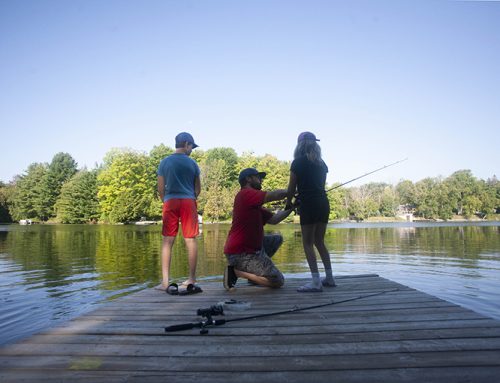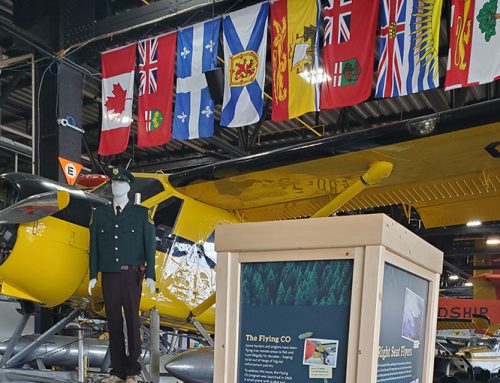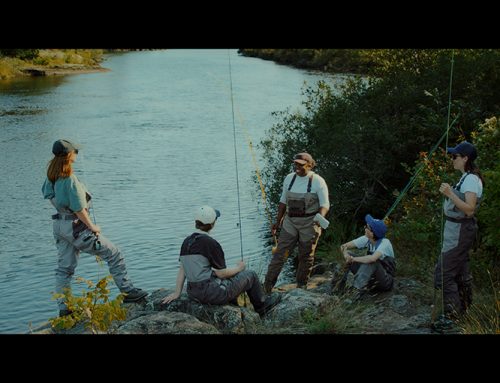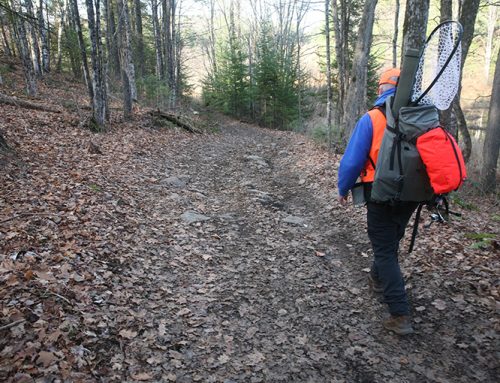
The aquatic invasive plant hydrilla has been found for the first time in Canada, in Ontario in the West Cell at Hillman Marsh Conservation Area near Leamington, Essex Region Conservation Authority (ERCA) announced on Thursday, Sept. 5.
The fast-spreading, prohibited invasive species can grow up to 2.5 centimetres per day and to lengths of 7.5 metres, choking out native species, clogging water intake pipes, boat motors, and impeding recreational activities like swimming, officials stated.
ERCA is working with the Ministry of Natural Resources, Invasive Species Centre, Ontario Federation of Anglers and Hunters (OFAH), and other partners to evaluate the extent of the infestation, contain the spread, and develop control plans, officials stated. Surveys have shown the infestation to be limited to the contained wetland area of the now-closed West Cell of Hillman Marsh that is not directly connected to Lake Erie.
Early detection key
Hydrilla is easily spread when boat propellers, kayaks, canoes, trailers, fishing and hunting gear, pets or people inadvertently carry attached plant fragments to new areas.
“Ontario recognizes the importance of the prevention, early detection and management of invasive species that pose a threat to Ontario’s native species and ecosystems,” Natural Resources Minister Graydon Smith stated. “If left unchecked, hydrilla — an aggressive aquatic plant —has the potential to severely impact navigation, recreation, and aquatic life. That’s why we’re working diligently with our partners to develop plans for its control.”
Hunters and conservationists have a key role to play to preventing further spread of hydrilla, OFAH Invading Species Awareness Program Assistant Co-ordinator Brook Schryer stated.
“It’s vital we do everything in our power to prevent the spread of this plant to other areas. As such, the OFAH supports, and is looking for hunters to support, the Essex Region Conservation Authority in their decision to close the cell to waterfowl hunters,” he said.
“We want affected waterfowl hunters to know that the OFAH will continue to support the Essex Region Conservation Authority and the Ministry of Natural Resources in whatever they need to ensure that you can return to the hunt in Hillman Marsh as soon as possible.”
What you can do
People can help prevent the further spread of hydrilla by:
- Learning how to recognise hydrilla by visiting the Invasive Species Centre Hydrilla Species Profile, MNR Profile, or Ontario’s Invading Species Awareness Program Profile.
- Reporting sightings of hydrilla through the EDDMapS or iNaturalist websites or mobile device applications or by calling the Invading Species Hotline 1 (800) 563-7711. A good report includes an accurate location of the sighting and photos.
- Clean, drain, and dry your watercraft, including motorized boats, canoes, and kayaks. It’s the law in Ontario.
For more on the Invading Species Awareness Program, click here






Leave A Comment